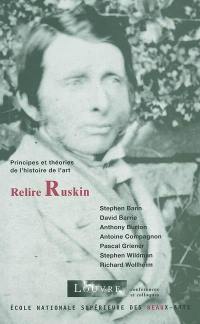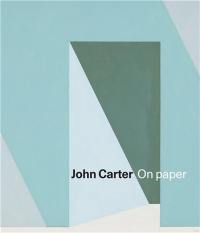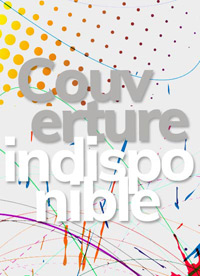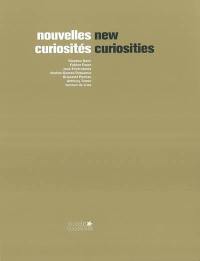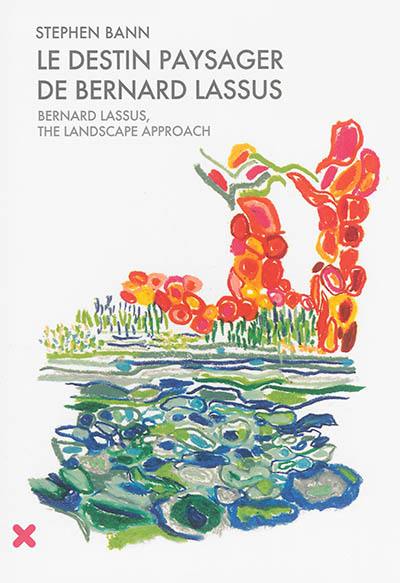
Fiche technique
Format : Broché
Nb de pages : 207 pages
Poids : 400 g
Dimensions : 18cm X 25cm
ISBN : 978-2-910385-85-9
EAN : 9782910385859
Le destin paysager de Bernard Lassus
de 1947 à 1981
Quatrième de couverture
Plasticien, coloriste, paysagiste et urbaniste, Bernard Lassus conduit depuis cinquante ans un travail théorique et pratique sur les conditions d'appropriation des territoires urbains. Le concept d'ambiance, repoussant les limites de l'architecture et des arts de l'espace, traverse une recherche poétique et rigoureuse sur les facteurs de visibilité et d'apparences de l'environnement quotidien. La lumière, la couleur et le mouvement sont les matériaux premiers de ses installations artistiques ou aménagements urbains. Ce parcours, qui croise des figures artistiques et intellectuelles de premier plan, est ici analysé par l'historien d'art Stephen Bann dans un texte inédit. Il mène des arts cinétiques à l'art des jardins, puis au paysage et nous ramène finalement au sens de l'inscription dans les mutations de notre société contemporaine.
Visual artist, colorist, landscape architect and town planner, for the last fifty years Bernard Lassus has been developing a theory and practice of the conditions enabling the human appropriation of urban spaces. The concept of ambiance, stretching the limits of architecture and the spatial arts, underpins his poetic and rigorous research on the factors of visibility and of appearances in the everyday environment. Light, color and movement are the main materials of his art installations and urban spatial designs. Here, in a previously unpublished work, art historian Stephen Bann analyzes the career path of Lassus as it intersects with those other leading artistic and intellectual figures of the times. It is a path leading from kinetic art to the art of garden design and on to landscapes and finally to a reflection on the meaning of being an integral part of the mutations of contemporary society.





